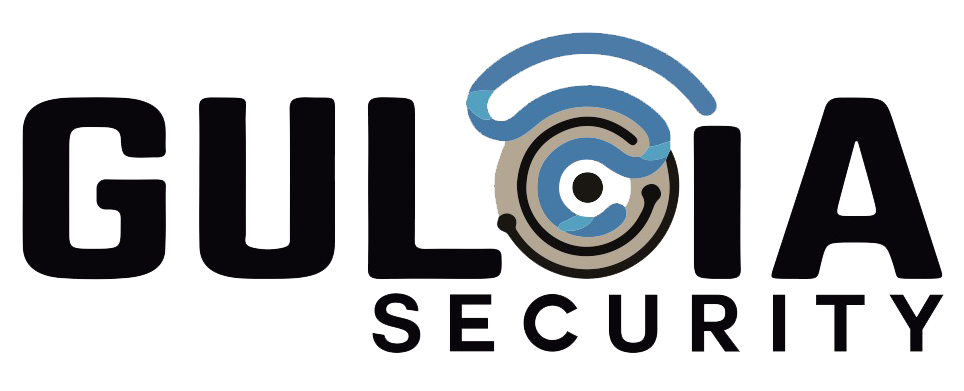A more recently tested medication with DA-transporter inhibitory properties is modafinil, a cognitive enhancer and wake-promoting agent that binds to the DA transporter, preventing DA re-uptake [94]. Modafinil is well tolerated [95,96] and does not alter acute cardiovascular effects in combination with cocaine https://ecosoberhouse.com/ or potentiate cocaine-induced euphoria [97]. Human experimental trials showed conflicting results regarding modafinil’s effect on cocaine self-administration [98,99]; however, they differed by the magnitude of presented reinforcers (e.g. choose $1 or 0–20 mg cocaine versus $5 or 0–50 mg cocaine).
- Despite CBT-SUD’s empirical support, several treatment considerations and implementation barriers are important to note.
- In the throes of fentanyl withdrawal, I hardly appreciated his childlike energy at first — or the palm trees, for that matter.
- Even after you’ve completed initial treatment, ongoing treatment and support can help prevent a relapse.
- With that said, studies have suggested that some groups are at the highest risk.
- Topiramate, an anticonvulsant with multiple mechanisms of action (Na+ and Ca++ channel blockade; carbonic anhydrase inhibition; GABA potentiation; glutamate antagonism) initially showed compelling evidence for efficacy in CUD treatment.
- But more research is required to determine the effectiveness of these techniques on addiction to cocaine.
The therapeutic potential of an intervention demonstrated under controlled laboratory models forms the necessary basis from which to pursue future costly clinical trials, specifically those of appropriate scale for detecting efficacious CUD treatments. Despite showing reduction in cocaine use overall, many patients do not respond to standard addiction treatments and there are often high dropout rates (10). There are several promising alternatives to standard psychosocial treatment, of which two of the most effective include voucher-based reinforcement therapy (VBRT) and CBT.
Where will I have my treatment?
VBRT is the most effective treatment for promoting abstinence, and CBT has shown particular benefit for relapse prevention. Agonist treatments have been used successfully to treat both opioid and tobacco use disorders (25–27). Ideally, in agonist treatment, the medication chosen should be one that activates the same receptor as the abused drug, thus exerting similar effects but with pharmacological properties that render it less abusable than the abused drug.

Generally, drugs that enter the brain more slowly, have longer duration of action, or are partial agonists rather than full agonists tend to have less addictive potential. These drugs may be effective treatment for several forms of substance use disorder. Both methadone, because of its slow onset of action, and buprenorphine, by virtue of its partial agonist activity at the opioid receptors, are effective agonist treatments for opioid use disorder. Likewise, the slow absorption of transdermal nicotine and the partial agonist effects of varenicline at the nicotinic acetyl choline receptor are features that contribute to the effectiveness of these drugs for the treatment of tobacco use disorder.
Cocaine Withdrawal and Abstinence Initiation
Even if you stop using it for a long time, you could still have cravings for the drug. Attrition varied widely among clinical trials, ranging from 0 to 82%, with an average attrition of 40%. Among the studies with outpatients, 32% showed more than half of the sample dropped out at the end of intervention, against 14% of the inpatient trials.
Some people become unreliable and dishonest, and resort to stealing to fund their substance use. In outpatient treatment models, those battling drug abuse and addiction may attend a variety of sessions, meetings, and workshops each day while returning home at night. These programs are generally more flexible, although they require a tight support network focused on treatment and recovery.
Types of Treatment
You can learn not only your triggers but also the coping skills necessary to navigate difficult life situations. Along with the physical risks, cocaine use can affect your life in other ways. In a 2021 national survey, about cocaine addiction treatment 4.8 million people in the U.S. ages 12 or older said they had used cocaine in the past year. The rate was highest in the age group (1.2 million people or 3.5%), followed by those over age 26 (3.6 million or 1.6%).
Why are there no treatments for cocaine and meth addiction? – NBC News
Why are there no treatments for cocaine and meth addiction?.
Posted: Tue, 07 Nov 2023 08:00:00 GMT [source]


